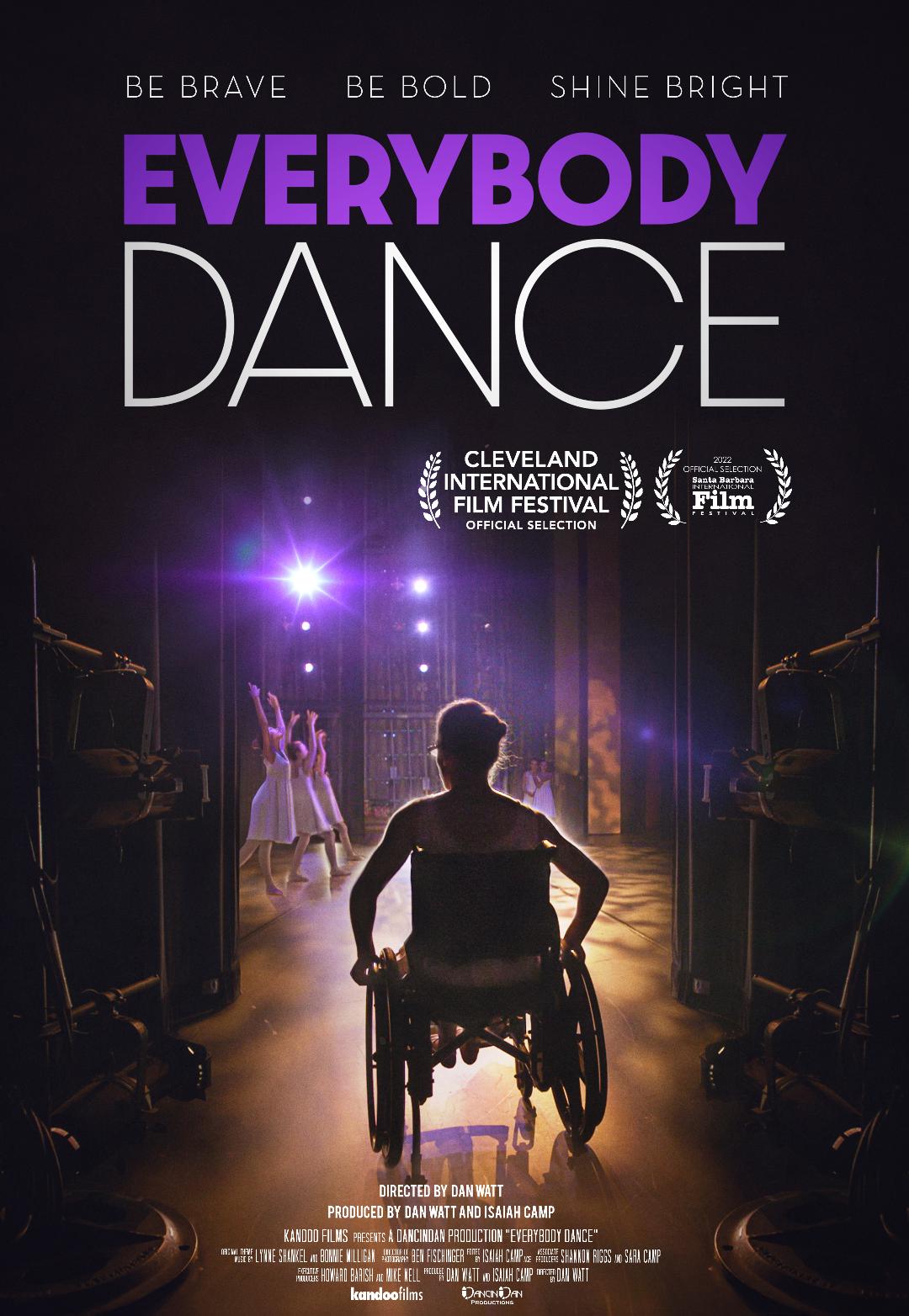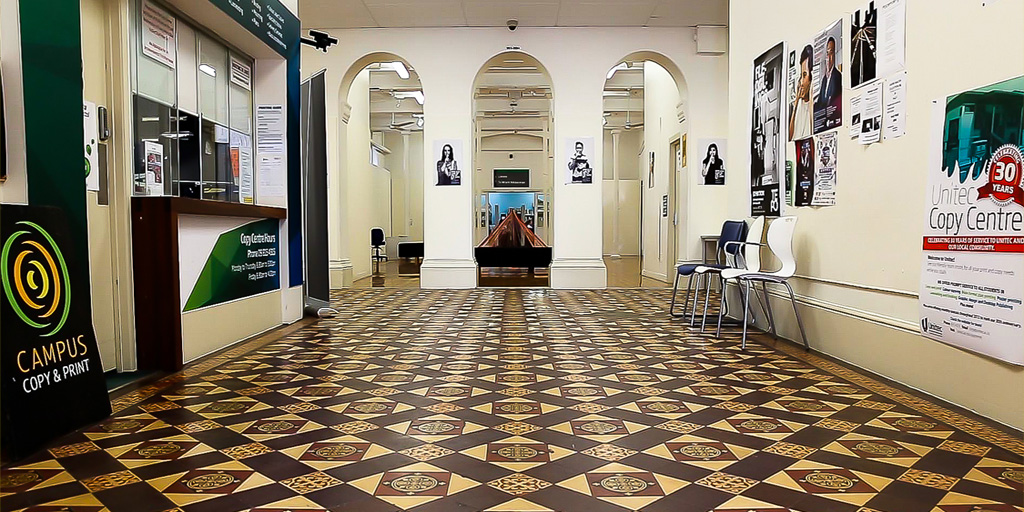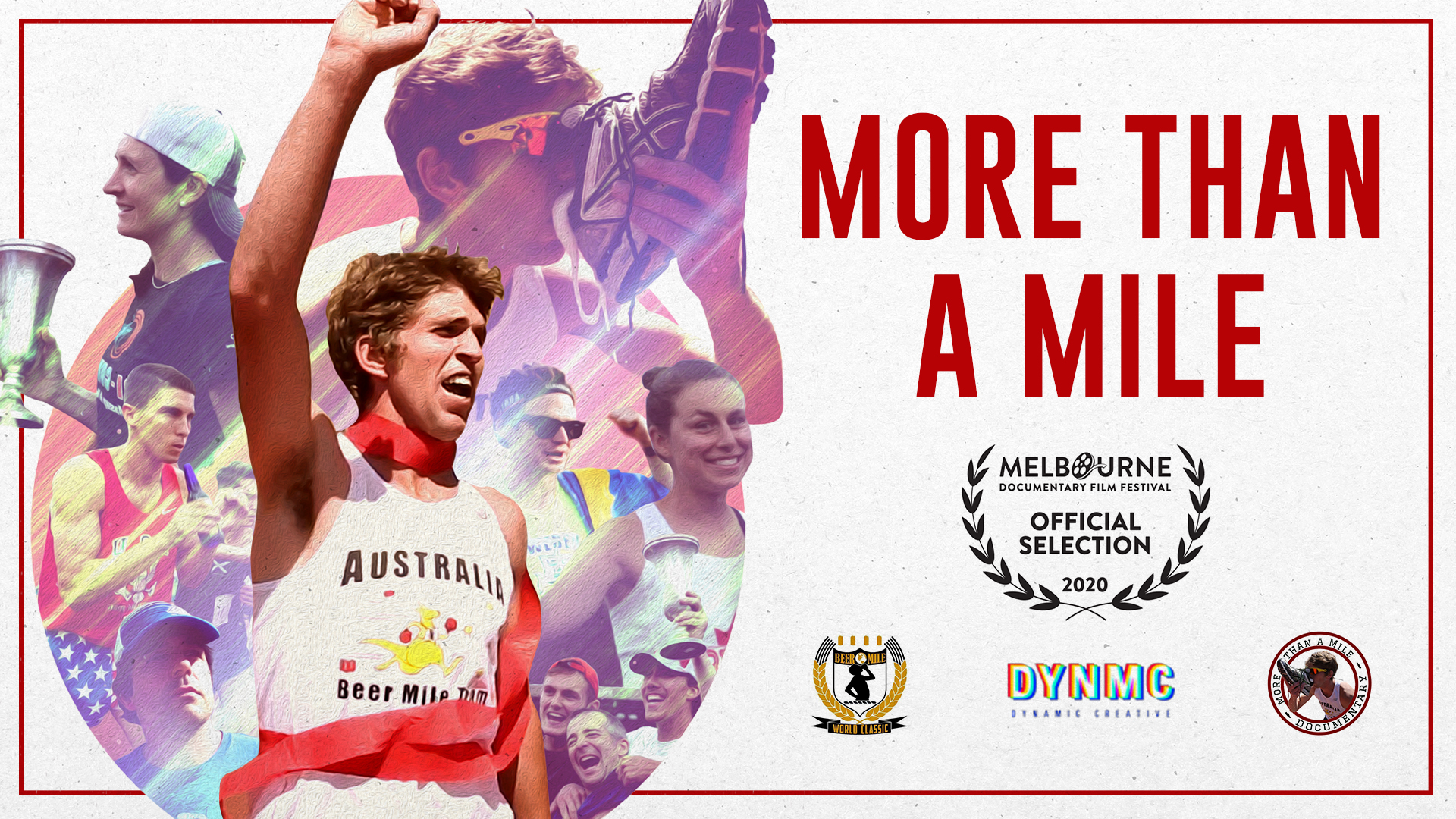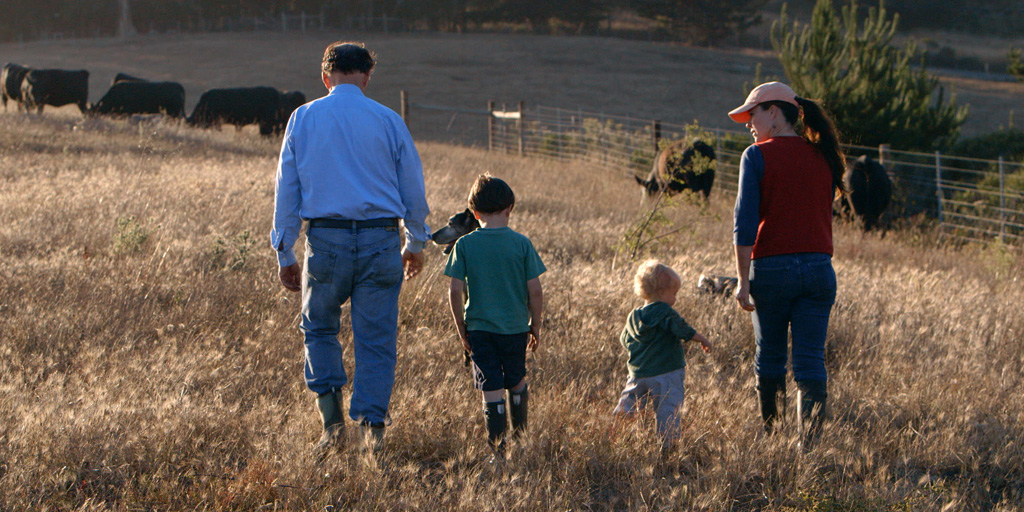Filmmaker Dan Watt knows a thing or two about dance. Most importantly, he knows how it can transform people’s lives. A former professional dancer and dance teacher, Watt’s debut documentary “Everybody Dance” follows a group of students with different developmental disabilities as they prepare for an end-of-year dance recital. The film highlights the importance of inclusion in the arts and how programs like the one featured in the film, Ballet for All Kids, can have a meaningful and lasting impact far beyond the dance studio.
“Everybody Dance” is available to watch on VOD beginning October 7th.
Documentary Drive recently had the privilege of doing a Q&A with Dan who tells us about his experience making “Everybody Dance,” the wonderful kids featured in the film, why dance is for everyone, and the empowering message he hopes viewers take away from the film.
Congratulations on the release of Everybody Dance! This is your first documentary. Can you share with us a little bit about your background and what motivated you to make the film?
Dan: In the film world, I worked for 5 years at Columbia Pictures in the development department and then I worked for SYCO, Simon Cowell’s production company, as the coordinator for his scripted film and TV department. I learned a lot from these jobs, but I was always fascinated by true stories and felt I needed to explore that, so I decided to take the leap and become an Independent Producer. My initial idea for my first film was to see how the determination, dedication and commitment to studying the arts could be applied in everyday life. I am a former dancer and dance teacher, and I had a dream about two girls I taught maybe 16-17 years ago. They happen to have autism. I did not know much about autism so I just taught the class as I always did and realized that nothing had to be changed in my teaching style and method. I did, however, chat with Fran, their mom, to see if there were any specifics that I was not aware of and to educate myself. She told me that one of the girls had sensory sensitivities and was sensitive to touch and to not worry about physically adjusting her arms etc. just continue to show her. All kids will pick up certain dance steps at their own pace, so I corrected every child when needed and carried on. A week or so later, I had another dream about Fran and her two daughters and I thought this is a higher power poking me saying: “THIS is your movie.” So, I trusted myself and started my journey and here we are.
How did you learn about Ballet for All Kids?
Dan: I didn’t quite have the “in” for my film yet, so I got on the internet and looked for schools and conservatories that offered classes in the arts for kids with different disabilities. There are many places across the country that offer this, but some felt more like a babysitting service than an actual class. As I continued to look, I found Ballet for All Kids. I reached out to Bonnie Schlachte, the Founding Director, and we chatted a few times and met for coffee. After she felt comfortable with me and my concept, she invited me to observe a class. After that, I knew this was my film. Bonnie teaches a full hour of ballet. The kids were at the barre doing tondues, plies, rond de jambes and all the things I did when I took class. What is also so special about this studio is that everyone is welcome. There are kids who are atypical, have autism, cerebral palsy, Down syndrome and other different disabilities but like the name of the studio says for ALL KIDS, and that was the thing that made me want to tell these stories – everyone coming together with one goal – to dance!
The young dancers in the film are inspiring and it’s really moving to see them thrive and experience the joy of dancing despite their physical and intellectual differences. What was it like following their journeys?
Dan: I was very lucky that Bonnie and the families were so open to my vision. I wanted the kids and families to tell the stories so that we might have insight into a world through their eyes. As in any group of kids, you will always have kids who are curious, kids who want a hug and kids who are shy. I am lucky that I had my experience as a dance teacher to fall back on so the situation was very similar to me and I could concentrate on capturing the stories to the best of my ability.
Do you have a favorite memory from your time filming?
Dan: Yes, but unfortunately it’s not in the film. After class one day, my cameraman and I went out to lunch with Ailieh [one of the students in the film] and her mom Jaimi. We went to the restaurant where they go every week. When we walked in, as every week, they were greeted with balloons and crayons by the hostess, the waitress gave everyone hugs and another waiter took us to their favorite table. Ailieh is a little angel in life, and it was amazing how the entire staff felt her joy and love and reciprocated with the same back to her. The chef even brings out her meal every week to say hi. I am lucky to still be friends with so many of these families.
One thing I found special in the film is seeing the teenage volunteers interact with the dancers and the patience and individual care they showed each of them. It seemed to be a mutually rewarding, even life-changing, experience. What was your impression of this?
Dan: The volunteers are an integral part of the studio. Every student has a friend in class that comes every week to help with the one-on-one corrections during the ballet class. Yes, there are some kids who actually need physical assistance standing up during class and what makes this program amazing is that the kids who might need a little more attention will not feel out of place because every child has a volunteer who assists them. It’s the inclusion and respect for everyone that makes Ballet for All Kids a truly remarkable place.
The film does a wonderful job of highlighting the importance of inclusiveness in the arts and the positive impact organizations like Ballet for All Kids can have. What would you like to see other arts organizations do to be more inclusive?
Dan: I think every organization has to decide for themselves how they want to approach their methods. Reflecting on when I taught and to my first answer here, don’t be afraid to ask questions of the parents and the child. All kids (and frankly adults), want to feel a part of—to be included. If we approach life and do our best to not make someone feel “less than” we can all make a difference.
What did you learn from the kids that you’ll carry forward with you?
Dan: Anything is possible. I reflected back on so many of these kids when I wanted to give up on this film. The process to get it released was more than I anticipated. I used them as my inspiration and motivation to keep going. As in all aspects of life, we can always learn from each other.
Lastly, what do you hope viewers take away from the film?
Dan: Focus on the similarities. All these kids came together with one main goal—to dance. Everyone focused on accomplishing this. We all come upon obstacles in our lives that we have to work our way through. Some may experience the world in different ways and if we embrace this it can actually help us see the wonders of dancing to our own rhythm yet still dance together.
“Everybody Dance” is available to watch on the following VOD platforms: Prime Video, iTunes, Google Play, and Vimeo.




